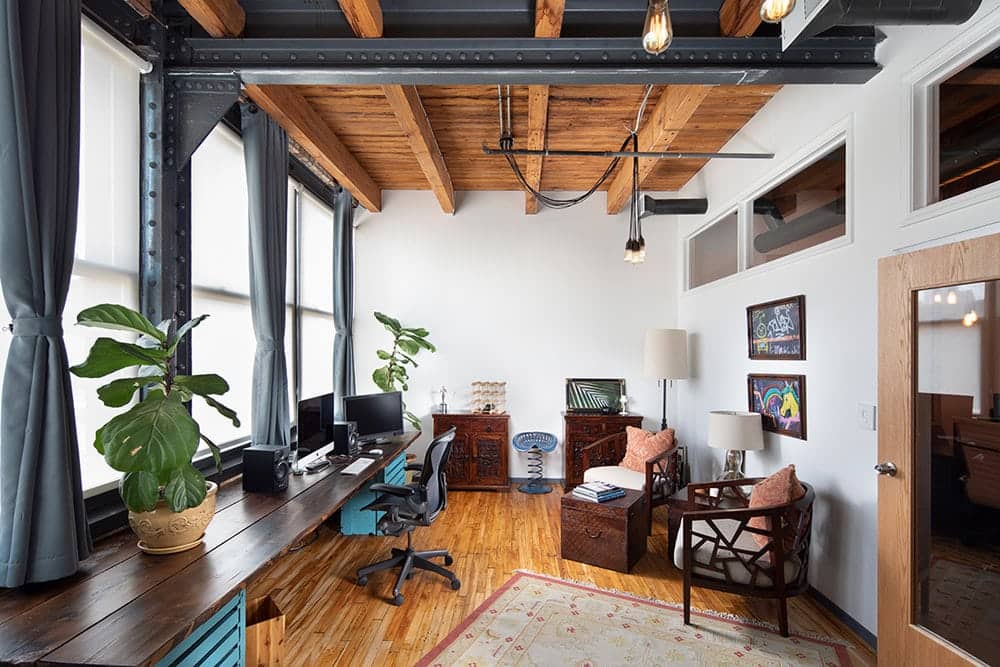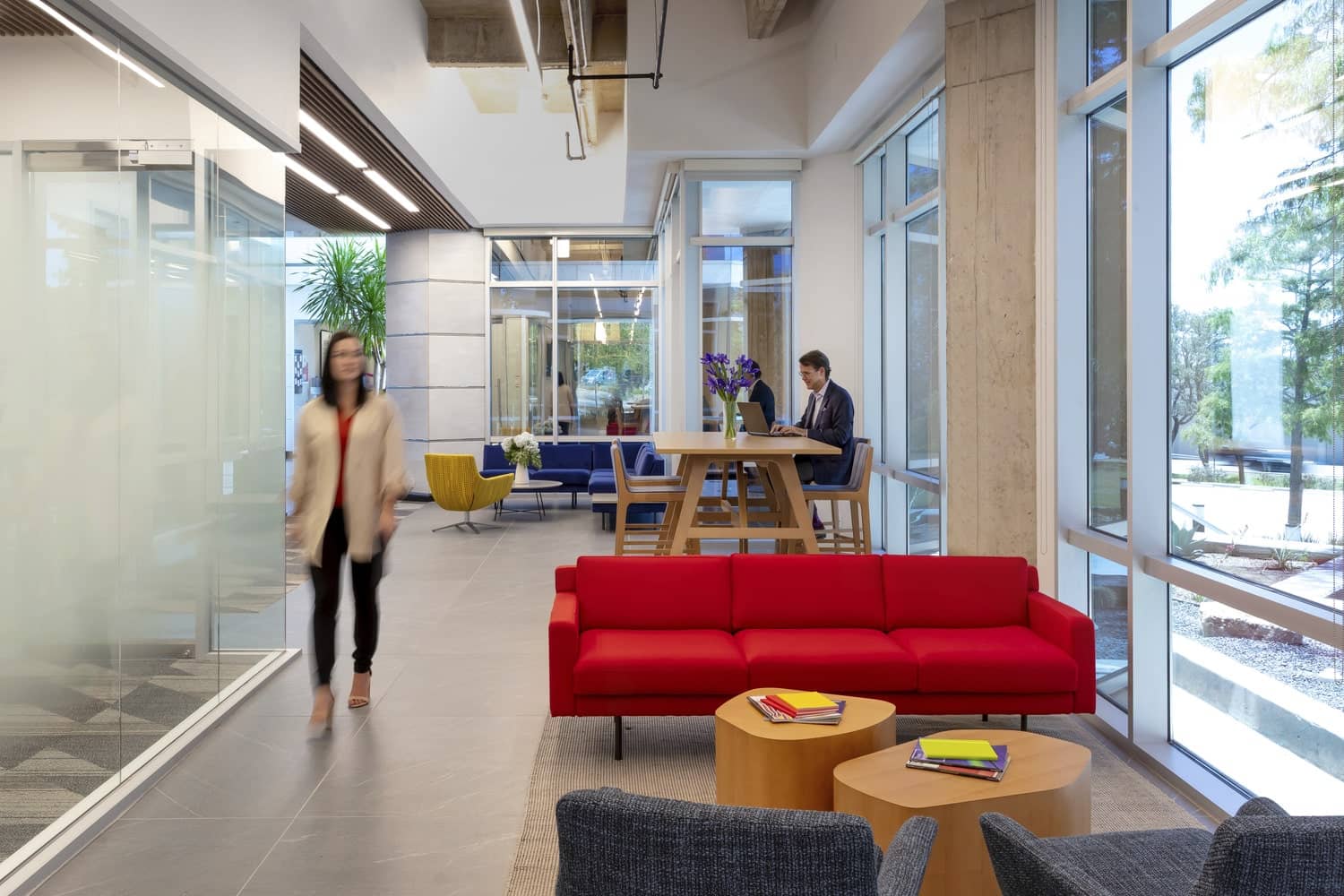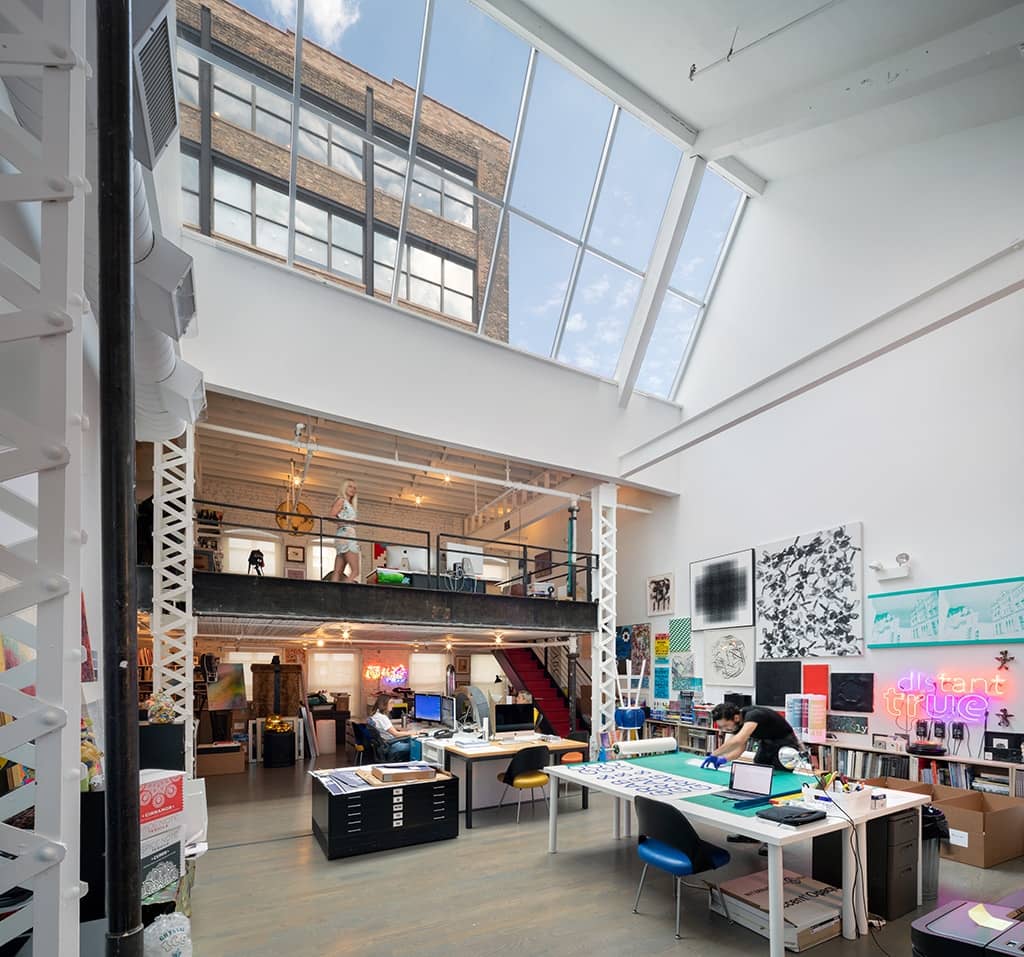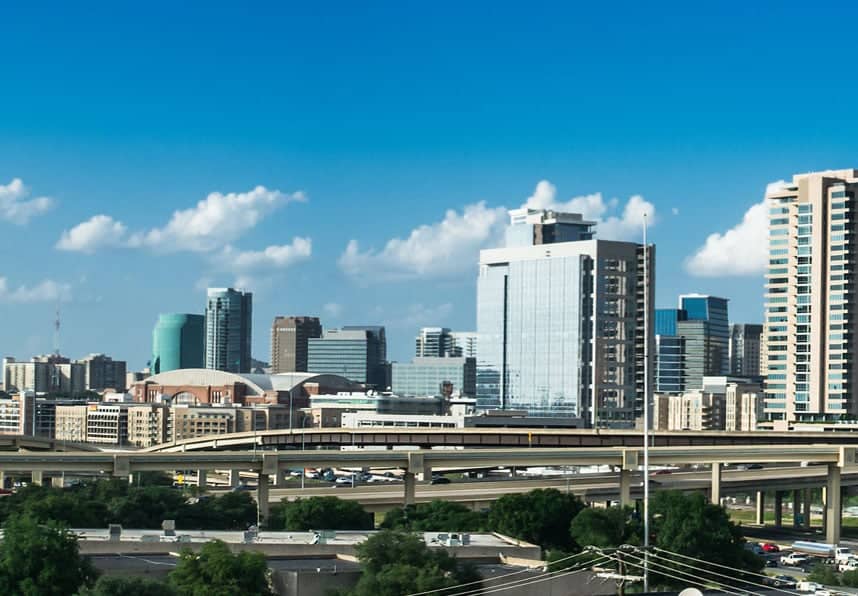The reduction of energy costs improves operating performance at the property level, and dollars saved translate into real value for owners as well as tenants. In fact, the U.S. Green Building Council (USGBC) estimates that green elements and practices can increase a property’s value by approximately four percent, which in commercial real estate could mean millions of dollars.
While there are a number of programs that either certify or offer guidance for creating and operating efficient and eco-friendly buildings, LEED and ENERGY STAR certifications have been generally accepted as key benchmarks.
So, what are LEED and Energy Star certifications? While they both have proven to be more than just tactics in a marketing strategy; they’re bona fide initiatives that add significant value to the bottom line of developing, owning and occupying a building.
Attaining ENERGY STAR certification shows that a building is a top performer among other energy efficient buildings, based on indoor air quality and efficient energy use — factors that are certified by a professional engineer and reviewed by the Environmental Protection Agency (EPA). On the other hand, Leadership in Energy and Environmental Design (LEED) is a design-based certification, developed to promote sustainability for both new and existing buildings and to encourage better building practices that support human and environmental health. Both certifications provide a valuable story to tell about a building.
KBS has several LEED properties in its portfolio, including 171 17th Street in Atlanta, which is known for being the first LEED Silver Core & Shell-certified building to be constructed in the world. Then, in 2017, the building was awarded “Platinum” certification — LEED‘s highest designation. Moreover, in its 2019 ranking of the industry’s leading commercial real-estate investors, KBS was identified by CPExecutive.com as the largest green-certified portfolio in the nation.
LEEDing the Way
Perhaps one of the most widely recognized symbols of sustainability achievement, LEED was developed by the USGBC. It’s the most widely used and recognized green-building design rating system in the world. Available for virtually all building types, LEED has established a roadmap for builders, owners and developers to create and maintain healthy, highly efficient and cost-saving green structures.
Utilizing third-party verification, LEED certifies that a building has been designed and constructed using strategies that enhance performance across the highest priority “green” scoring metrics, including CO2 emissions reduction, energy savings, improved indoor environmental quality, water efficiency, and stewardship of resources and understanding of their potential impact.
To score green building design and construction, LEED has an established point system, which covers five basic areas: Water Efficiency, Energy and Atmosphere, Materials and Resources, Indoor Environmental Quality, and Sustainable Sites. LEED awards points to buildings based on the extent to which various sustainable strategies are achieved. The more points awarded, the higher the level of certification achieved from “Certified,” “Silver,” “Gold” to “Platinum.”
Regardless of the LEED certification level achieved, all buildings are required to meet prerequisites, followed by the opportunity to score 110 available credit points to reach the desired certification level. LEED “Platinum” level certification achieves the highest honor with 80+ points; “Gold” level at 60 to 79 points; “Silver” level at 50 to 59 points and “Certified” level at 40 to 49 points.
ENERGY STAR Explained
Unless it’s “green” and sustainable, a building can’t be energy-efficient — and vice versa — according to ENERGY STAR.
ENERGY STAR ensures that a building uses less energy and leaves a smaller carbon footprint.
A designation sponsored by the EPA, ENERGY STAR is a certification granted to a property that performs within the top 25 percent of similar properties for nationwide energy efficiency.
Considered a definitive and prestigious commitment to responsible resource usage and a caring approach to our environment, ENERGY STAR certification means a building uses less energy, costs less to operate, and sets an optimal environment for a high-performance building.
To help determine the most cost-effective approach for businesses to manage the energy use in their buildings and plants, ENERGY STAR empowers businesses through its countless resources. The result is energy savings, increased profits and bolsters their competitiveness.
According to energystar.gov, more than 270,000 commercial properties used the EPA’s ENERGY STAR Portfolio Manager tool to measure and track their energy and water consumption as well as to monitor their waste and material use in 2018.
To be eligible for ENERGY STAR certification, a building must earn an ENERGY STAR score of 75 or higher. Through ENERGY STAR Portfolio Manager, the EPA delivers 1 to 100 ENERGY STAR scores for many types of buildings.
Certification is given on an annual basis, so a building must maintain its high performance to be certified year to year. And the information submitted in the certification application must be verified by a licensed Professional Engineer or Registered Architect to be eligible for approval.
Good for Tenants, Good for the Globe
Buildings that are LEED or ENERGY STAR certified are good for communities, cities and the nation. Although a building’s tenants and visitors may take these certifications for granted, their impact is resounding. LEED and ENERGY STAR are reducing carbon emissions, energy and waste; conserving water; prioritizing safer materials and lowering our exposure to toxins.
KBS strives to be diligent about quality, green initiatives and energy efficiency, focused on reducing consumption while continuing to provide the services tenants expect. And today, tenants expect that their place of business will not only benefit them — but also the greater good.
Designing and constructing buildings that support the well-being of their occupants — not to mention, the economy and environment — is crucial to a better future and to our tenants’ standard of living. As part of this effort, KBS recently earned Wired Certified Gold status by WiredScore for their Northland Center office park in Bloomington, Minnesota. While LEED and ENERGY STAR certification has put a fine point on KBS’ focus on greener buildings, a WiredScore distinction underscores KBS’ ongoing commitment to technology as part of its effort to deliver the most innovative amenities, services, and workplace designs in the industry.
Read more about sustainable, eco-friendly initiatives, and their positive effects on employees, by clicking here.




